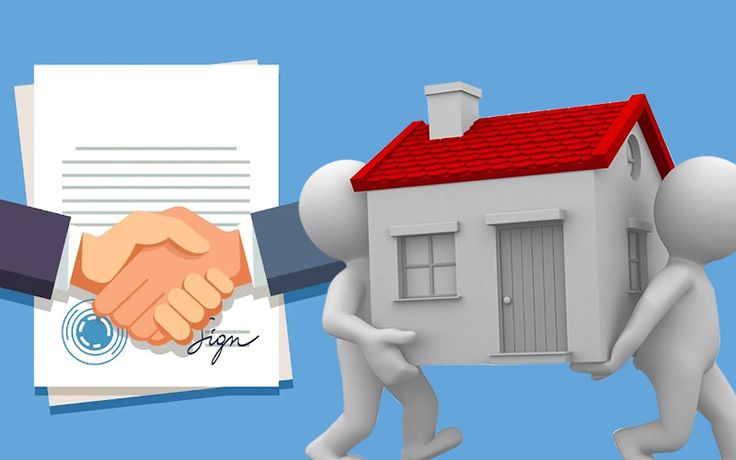Affordable Urban Living: Discovering Cost-Effective Apartment Options in Major Metro Areas
Read latest blogs and articles from Housystan

The Information mentioned here was last updated on:
28/12/2025Affordable urban living is a goal for many individuals and families seeking the excitement and convenience of city life without the overwhelming expense. Major metropolitan areas, such as New York City, Los Angeles, Chicago, Houston, Dallas, and Miami, offer a diverse array of cost-effective apartment options for residents aiming to balance budget and lifestyle. By exploring lesser-known neighborhoods, utilizing local resources, and staying informed about regional real estate trends, renters can secure affordable accommodations in their desired city.
One effective strategy for finding reasonably priced apartments involves researching emerging neighborhoods in growing metro regions. Areas undergoing revitalization often present lower rent prices compared to established downtown districts, while still providing access to transit, amenities, and employment opportunities. For example, neighborhoods like East Austin, Brooklyn’s Bushwick, South Los Angeles, or Chicago’s Pilsen offer more wallet-friendly living arrangements, all while retaining the vibrancy and culture associated with urban environments.
Prospective tenants should also leverage city-specific housing websites, local classifieds, and neighborhood social media groups to uncover hidden gems not listed on mainstream platforms. Utilizing these local resources increases the likelihood of discovering exclusive deals or promotions offered directly by property owners. Additionally, attending open houses and networking with current residents can provide valuable insights into the best areas for affordable living within each city.
- Verified Tenants/Buyers
- Unlimited Property Listing
- Zero subscription/charges fee
Transportation costs play a significant role in overall affordability. Many metro areas feature extensive public transit systems, allowing residents to save money by foregoing personal vehicles. Choosing apartments near subway, bus, or light rail lines in cities like San Francisco, Boston, or Washington, D.C. can reduce monthly expenses and boost overall savings.
Finally, consider creative living solutions such as co-living spaces, studios, or shared apartments, which are increasingly popular in urban centers. These arrangements offer flexibility and lower costs while fostering a sense of community. By combining thorough research, local networking, and a willingness to explore new neighborhoods, anyone can achieve affordable urban living in America’s most dynamic metropolitan areas.